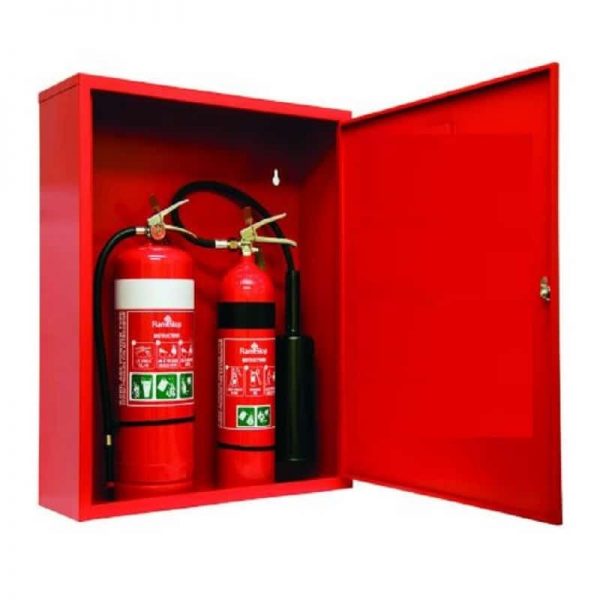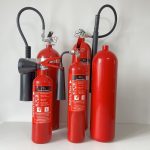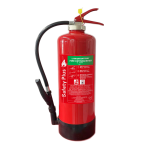Fire exchanger cabinets play a crucial role in maintaining safety and compliance within various environments, including commercial kitchens, laboratories, and industrial settings. Properly positioning these cabinets is essential to ensure that they can be accessed quickly in emergencies, while also adhering to regulatory standards. Understanding the optimal height for fire exchanger cabinets helps organizations meet safety regulations and enhance overall fire safety. This article provides an in-depth examination of the factors influencing the ideal height for fire exchanger cabinets while offering insightful recommendations for effective implementation.
Understanding Fire Exchanger Cabinets
What is a Fire Exchanger Cabinet?
A fire exchanger cabinet serves as a critical storage unit for fire-fighting equipment, such as extinguishers, hoses, and emergency blankets. The primary purpose of such cabinets is to provide easy access to fire-fighting tools during emergencies—this quick response can help mitigate damage and protect lives. These cabinets often come in a range of sizes, shapes, and materials to suit different environments and comply with regulatory standards.
Importance of Compliance
Compliance with local and national fire safety regulations is essential for any organization. Failing to meet these requirements can lead to significant penalties, increased liability, and, more importantly, jeopardize the safety of employees and visitors. Understanding the specifications needed for fire exchanger cabinets, including height and positioning, is crucial for maintaining compliance. Standards can vary based on regional laws, industry practices, and building codes.
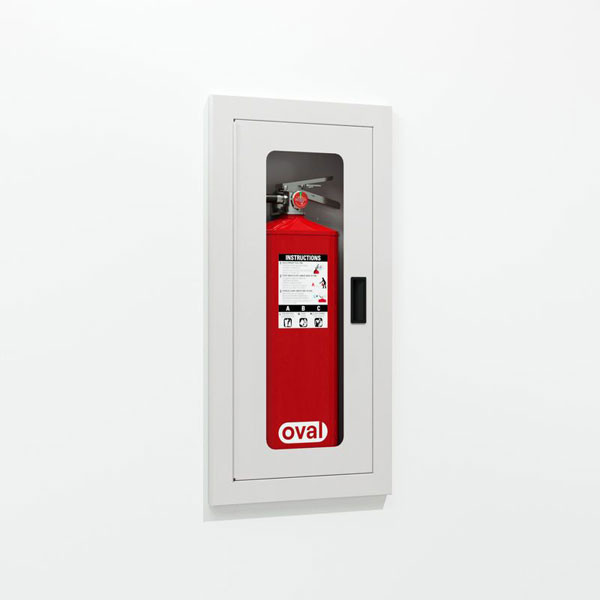
Regulations Governing Cabinet Height
Local and National Standards
Various organizations set standards for the installation and height of fire exchanger cabinets. In the United States, the National Fire Protection Association (NFPA) provides guidelines that dictate how and where fire-fighting equipment should be stored. These guidelines typically indicate that cabinets containing fire extinguishers should be installed at a height that allows easy access for individuals of all sizes, including children and those with disabilities.
Accessibility Requirements
The Americans with Disabilities Act (ADA) also influences the height of fire exchanger cabinets. According to ADA standards, installation should consider the needs of individuals who may have limited mobility. The ideal height generally ranges from 24 to 48 inches from the floor to the bottom of the cabinet. This range ensures that everyone can easily access essential fire-fighting equipment, regardless of physical abilities. Satisfying these regulations is not only a legal obligation but also a commitment to safety and inclusivity in the workplace.
Factors Influencing Optimal Height
Type of Environment
Different settings require various approaches to cabinet height. For example, in commercial kitchens or industrial sites, cabinets may need to be mounted at a height that allows for quick access while also staying out of the way of operational workflows. In contrast, residential settings may allow for more flexibility in terms of height. Assessing the specific demands of your environment can inform decisions regarding optimal cabinet height and placement.
User Demographics
Understanding the demographics of individuals who may need to access the fire exchanger cabinet is vital. If the primary users are of varying heights, including children or shorter adults, the cabinet should accommodate their needs. Conducting a workplace assessment can help determine the needs of the population using the space so that appropriate height levels are established.
Equipment Specifications
The type of fire-fighting equipment stored within the cabinet can also dictate the optimal height. For example, larger fire extinguishers may require more space, which could influence how high the cabinet needs to be mounted. Additionally, other items, such as hoses or emergency blankets, may have their specific placement needs and safety considerations that influence the overall cabinet height.
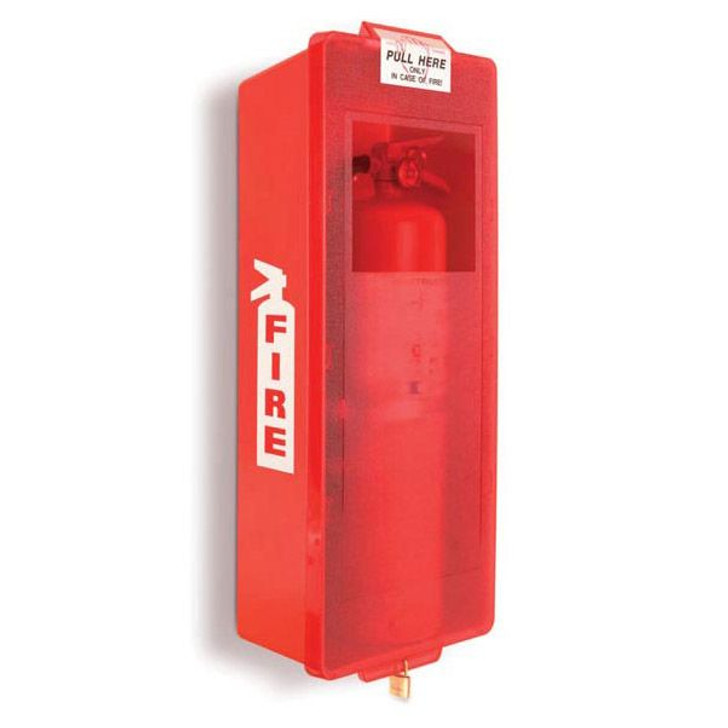
Best Practices for Installation
Height Recommendations
To comply with fire safety standards and provide effective access, installation specialists often recommend setting cabinet heights between 30 and 48 inches from the floor. This height allows for easy access while ensuring that the cabinet does not obstruct any safety signage or equipment.
Securing the Cabinet
Proper installation goes beyond mere height; securing the cabinet to the wall is critical for safety compliance. Fire exchanger cabinets should be mounted on sturdy surfaces to prevent any potential tipping or accidents. The mounting hardware should be robust enough to support the weight of the cabinet and its contents, further enhancing safety.
Clear Signage
Along with the appropriate height, placing clear and visible signage on and around the fire exchanger cabinet is essential. Markings indicating fire safety equipment should be high-contrast and easily readable, allowing anyone to locate the cabinet during an emergency quickly. The signage should conform to existing regulations, including any relevant symbols required by the NFPA or other regulatory bodies.
Maintenance and Inspection
Regular Inspections
Regular inspection of fire exchanger cabinets is imperative for ensuring compliance and safety. Fire safety regulations often require that cabinets are checked at least quarterly to confirm that they remain accessible and stocked with the necessary equipment. Inspections should verify that the cabinet height remains compliant and that the contents are not obstructed or damaged.
Maintenance Protocols
Establishing maintenance protocols helps keep the cabinet functional and ready for use. This includes checking that fire extinguishers and other items are up to date, properly charged, and free from debris. Any damaged items should be promptly replaced to ensure that the cabinet is fully functional in an emergency.
Training Employees
Education and training programs for employees are key to ensuring they know the location and purpose of fire exchanger cabinets. Conducting regular training sessions can help familiarize everyone with the equipment, making them more likely to react effectively in emergencies. Engaging employees in safety drills will also reinforce their ability to access the cabinet quickly when required.
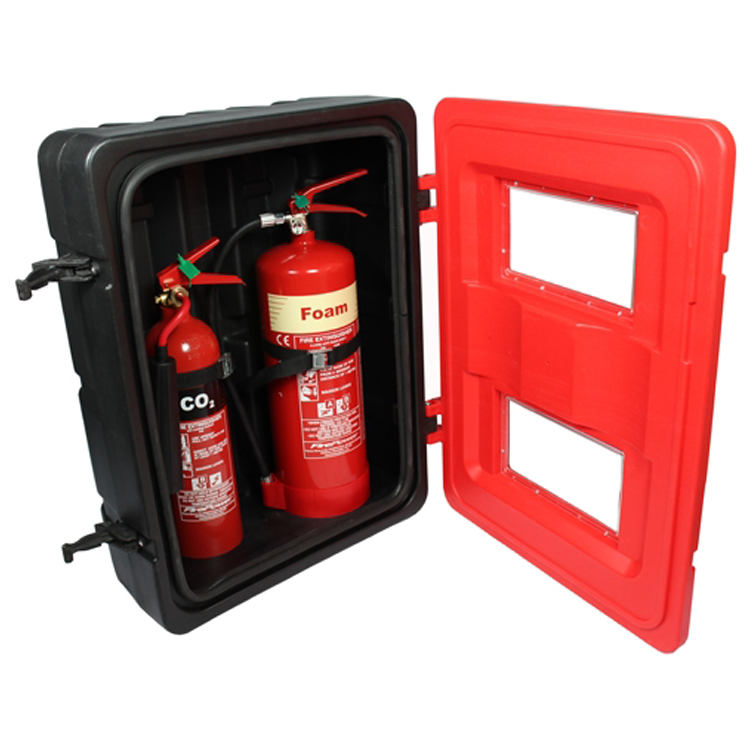
Accessibility Considerations
Inclusivity and Compliance
Ensuring that fire exchanger cabinets are accessible is also linked to fostering an inclusive workplace. Implementing features to support individuals with varying mobility challenges is an important aspect of safety compliance. Consider the range of users that may need access to fire safety equipment and ensure that their needs are met through the furniture’s design and height placement.
Safety for All
Maintaining an inclusive environment means considering features such as easy-grip handles or push-to-open mechanisms that facilitate access for everyone. An accessible cabinet not only meets legal requirements but also demonstrates a commitment to employee safety, enhancing overall morale and productivity.
Ensuring Optimal Safety Compliance
In conclusion, determining the optimal height for fire exchanger cabinets is a vital aspect of safety compliance in any environment. Understanding local and national regulations, considering user demographics, and evaluating the specific demands of your setting can lead to more effective planning for installation. Striving for a height between 30 and 48 inches can help ensure that fire safety equipment remains readily accessible to everyone, providing peace of mind in emergency situations.
Regular maintenance, inspection, and employee training further enhance the effectiveness of your fire safety measures. As you implement best practices, you create a safer work environment while demonstrating your commitment to fire safety and employee welfare. By prioritizing compliance and safety, organizations will not only adhere to legal requirements but also foster a culture that values preparedness and accountability. Make fire safety a priority, ensuring that fire exchanger cabinets meet optimal height requirements while embracing accessible solutions for all. With careful planning and attention to safety standards, you can help ensure a safer, more secure environment for everyone.
In essence, the future of fire safety compliance lies not only in adhering to existing regulations but in cultivating a proactive culture of safety awareness. By prioritizing continuous education, adopting innovative safety technologies, and regularly assessing compliance measures, businesses can create a more secure environment, ready to face the challenges and demands of fire safety regulations as they evolve. This forward-thinking approach will help safeguard employees and assets, maintaining a commitment to safety in an ever-changing landscape.
